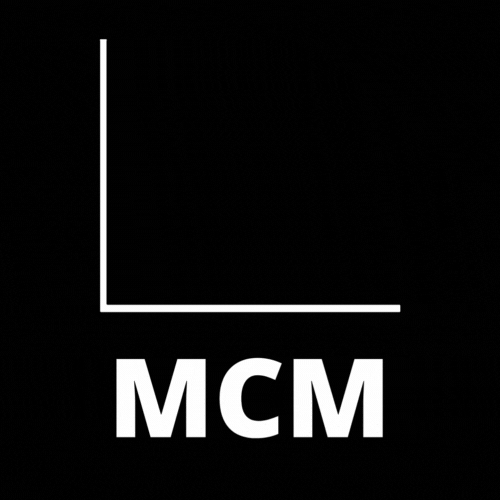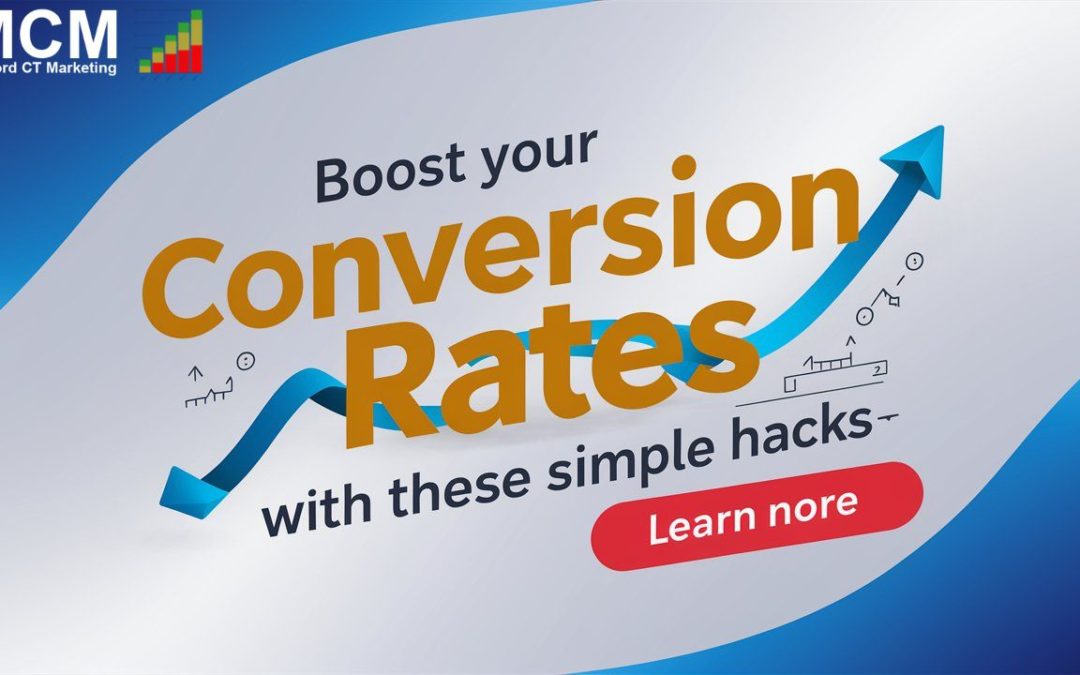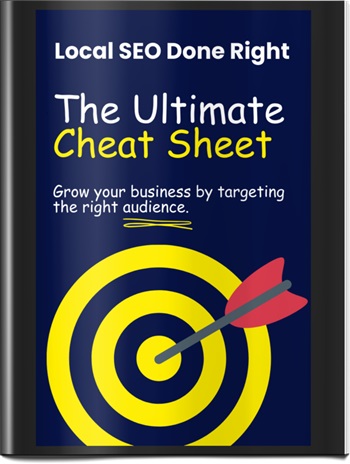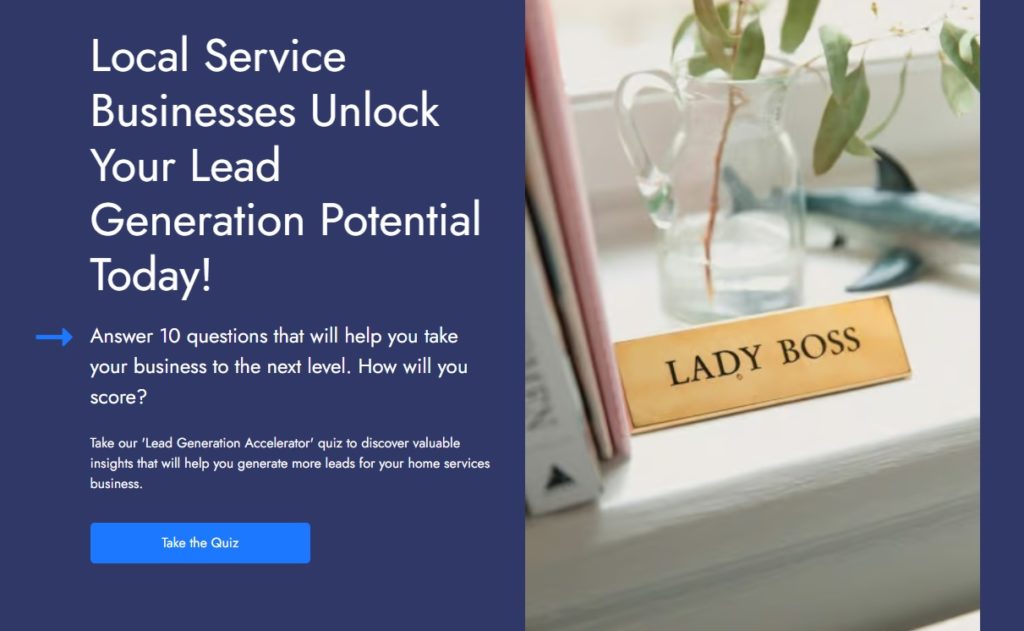Content Conversion Hacks: Discover Advanced Strategies for Boosting Engagement and Sales
In today’s digital landscape, where content is king, creating high-quality material that resonates with your audience is crucial. However, producing great content is only half the battle. The real challenge lies in converting your readers into loyal customers or engaged subscribers. That’s where content conversion hacks come into play.
To truly maximize the potential of your content, you need more than just basic strategies. Leveraging expert insights, advanced techniques, and little-known secrets can significantly boost your engagement and sales. In this blog post, we’ll delve deep into the world of content conversion, revealing the methods that top marketers and industry leaders use to turn content into a powerful conversion tool.
Understanding Content Conversion: The Basics and Beyond
Before diving into the advanced strategies, it’s important to understand what content conversion really means. Content conversion refers to the process of turning casual readers or visitors into taking a desired action, such as signing up for a newsletter, downloading a resource, or making a purchase. This process is essential for any business looking to grow its customer base and increase revenue.
While basic conversion tactics like including a call-to-action (CTA) and optimizing landing pages are important, they’re often not enough in a competitive market. To stand out and truly drive conversions, you need to think beyond the basics.
Advanced Strategies for Content Conversion
Let’s explore some of the advanced strategies that industry experts use to enhance content conversion rates. These methods go beyond traditional practices, offering innovative and proven ways to engage your audience and encourage them to take action.
1. Personalization at Scale
One of the most effective ways to boost content conversion is through personalization. However, personalization isn’t just about addressing your readers by their first names. It’s about tailoring your content to meet the specific needs, preferences, and behaviors of each individual visitor.
Expert Insight: Advanced personalization techniques involve using data analytics and AI-driven tools to create dynamic content that changes based on the user’s behavior. For instance, if a visitor frequently browses your blog for tips on content marketing, your website can automatically present them with related resources, such as eBooks, webinars, or courses, which increases the likelihood of conversion.
2. Utilizing Psychological Triggers
Human psychology plays a significant role in decision-making. By understanding and leveraging psychological triggers, you can craft content that persuades your audience to take action.
Proven Technique: Scarcity and urgency are two powerful psychological triggers that can significantly increase conversions. For example, including phrases like “limited-time offer” or “only a few spots left” can create a sense of urgency, prompting readers to act quickly. Additionally, social proof, such as customer testimonials and reviews, can build trust and encourage conversions by showing that others have benefited from your products or services.
3. Interactive Content
Static content is no longer enough to engage today’s savvy internet users. Interactive content, which requires active participation from the reader, can drive higher engagement and conversions.
Insider Tip: Incorporate quizzes, polls, assessments, and calculators into your content strategy. These tools not only engage your audience but also provide personalized recommendations based on their input. For instance, a quiz that helps users determine the best type of content strategy for their business can lead to higher conversion rates, as it provides tailored value.
4. Content Upgrades
A content upgrade is a type of lead magnet specifically designed to complement a piece of content. Unlike a general lead magnet, a content upgrade is highly relevant to the blog post or article it’s associated with, making it more appealing to the reader.
Advanced Strategy: Offer a content upgrade that provides additional value to your readers, such as a downloadable checklist, a PDF version of the article, or an in-depth guide. Since the content upgrade is directly related to the reader’s current interest, it’s more likely to result in a conversion.
5. A/B Testing and Optimization
A/B testing, or split testing, is a powerful method for optimizing your content conversion strategies. By testing different versions of your content, you can determine which elements resonate most with your audience and lead to higher conversions.
Expert Insight: A/B testing isn’t just about headlines and CTAs. Consider testing different formats, such as long-form versus short-form content, video versus text, or image-heavy versus minimalistic designs. Continuously optimize your content based on the data you gather from these tests to refine your approach and boost conversions.
6. Storytelling for Emotional Connection
Storytelling is a timeless technique that can create an emotional connection with your audience. When done effectively, storytelling can inspire action and drive conversions by making your content more relatable and memorable.
Insider Tip: Use stories that resonate with your audience’s pain points, aspirations, or experiences. For instance, share a case study or a customer success story that highlights the transformative impact of your product or service. This approach not only humanizes your brand but also demonstrates the value of your offering in a real-world context.
7. Segmented Email Marketing
Email marketing remains one of the most effective channels for driving conversions. However, to truly maximize its potential, segmentation is key. By dividing your email list into smaller, targeted groups, you can send more relevant content that speaks directly to the needs and interests of each segment.
Proven Technique: Create segmented email campaigns based on factors like user behavior, purchase history, or demographic information. For example, if a segment of your audience has shown interest in a particular topic, send them a series of emails with content and offers related to that topic. This personalized approach can lead to higher open rates, click-through rates, and ultimately, conversions.
8. Content Repurposing for Multi-Channel Conversions
Repurposing content allows you to reach a broader audience across multiple platforms while maintaining a consistent message. By adapting your content to different formats and channels, you can drive conversions from various touchpoints.
Advanced Strategy: Convert a high-performing blog post into a video, podcast, infographic, or social media posts. Each format can be tailored to the preferences of your audience on different platforms, increasing the likelihood of conversions. For instance, a visually appealing infographic shared on Pinterest can drive traffic back to your website, where visitors can be converted into leads or customers.
9. Leveraging User-Generated Content (UGC)
User-generated content, such as customer reviews, testimonials, and social media posts, is a powerful tool for building trust and credibility. By showcasing UGC, you can create social proof and encourage others to convert.
Insider Knowledge: Encourage your audience to share their experiences with your brand by running contests, offering incentives, or simply asking for feedback. Feature the best UGC on your website, email campaigns, or social media channels. This not only boosts engagement but also provides authentic content that can drive conversions.
10. Crafting Irresistible Calls-to-Action (CTAs)
The CTA is the final push that guides your audience toward conversion. Crafting an irresistible CTA is essential for turning readers into customers or subscribers.
Expert Insight: Instead of generic phrases like “Click here” or “Learn more,” use action-oriented language that clearly communicates the value of the next step. For example, “Get Your Free Guide Now” or “Start Your Free Trial Today” can create a sense of immediacy and benefit, making the CTA more compelling. Additionally, placing CTAs strategically throughout your content, rather than just at the end, can capture readers at different stages of their journey and increase conversions.
Bringing It All Together
Mastering content conversion requires a blend of creativity, data-driven insights, and a deep understanding of your audience. By implementing these advanced strategies, you can significantly enhance your content’s ability to engage, persuade, and convert.
Remember, the key to successful content conversion lies in continuously testing, optimizing, and evolving your approach. The digital landscape is ever-changing, and staying ahead of the curve means being open to new ideas, experimenting with different tactics, and always striving to provide value to your audience. With the right strategies in place, your content can become a powerful tool for driving growth and achieving your business goals
Check Out Our “Content Conversion Hacks” Micro Course
While these expert insights and advanced strategies are powerful tools to boost your content conversion rates, mastering these techniques takes practice and a deeper understanding of the nuances involved. If you’ve ever felt frustrated by the time and effort you put into creating content, only to see minimal financial returns, you’re not alone.
Many content creators face the same challenge—pouring countless hours into blog posts, videos, and emails, yet not seeing the earnings they deserve. This is where our Content Conversion Hacks micro course comes in.
Designed to address this exact pain point, our laser-focused course provides you with the proven strategies to elevate your content’s value. You’ll learn how to craft content that not only engages your audience but also drives substantial income. Say goodbye to low conversions and hello to a steady stream of profits from your content creation efforts.
If you’re ready to overcome the frustrations of content creation and start boosting your earnings, check out our micro course now.



